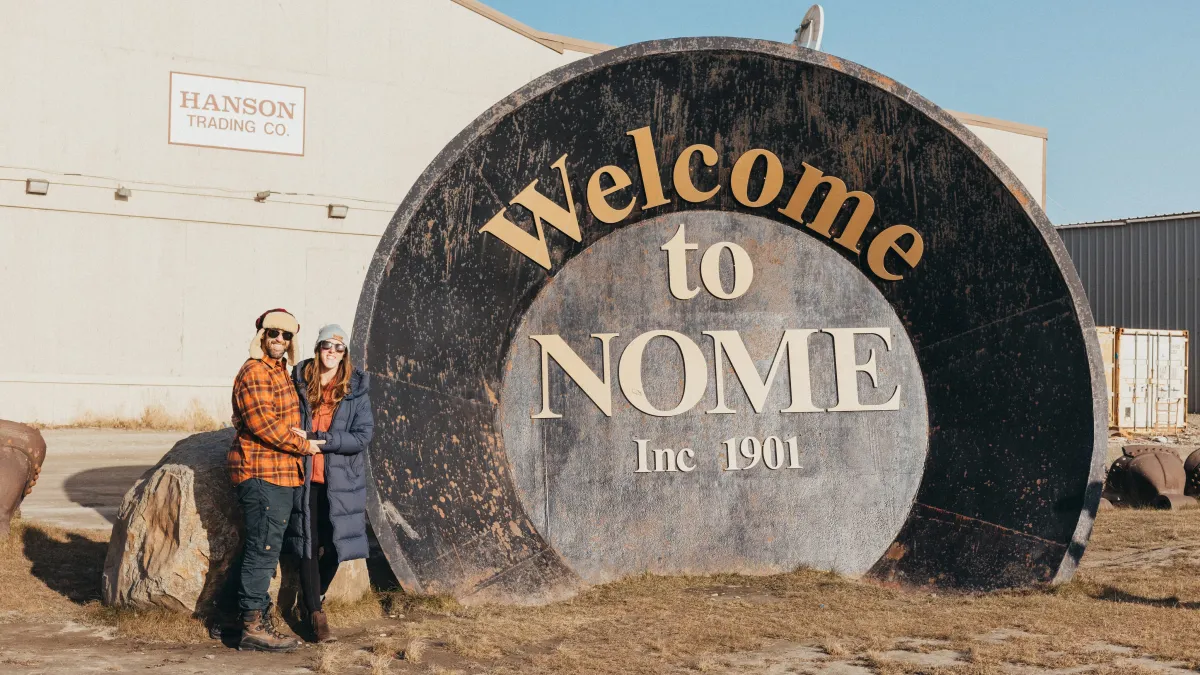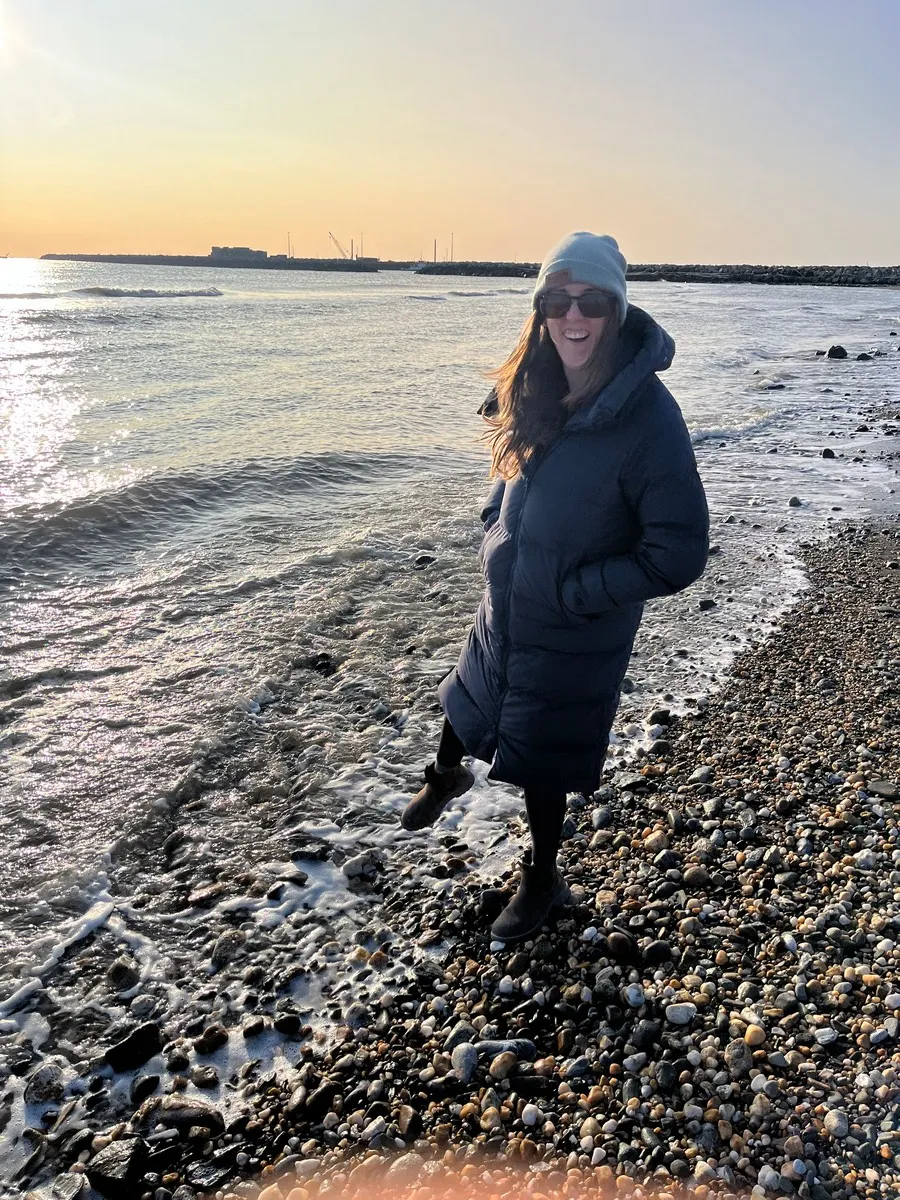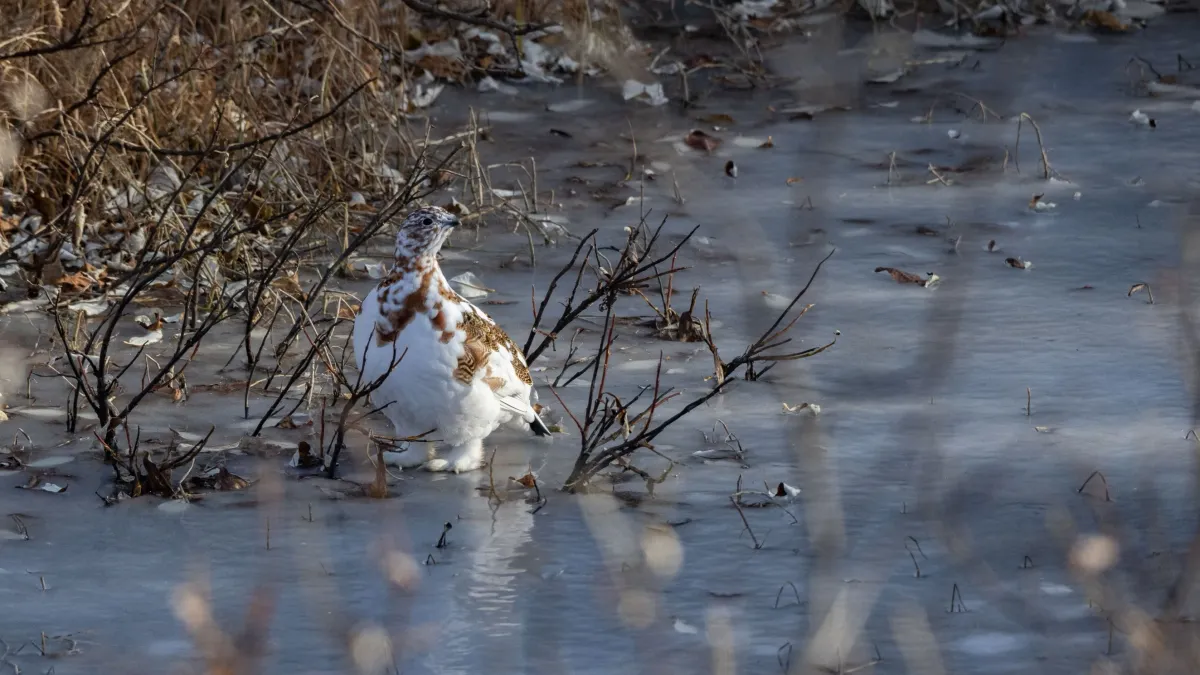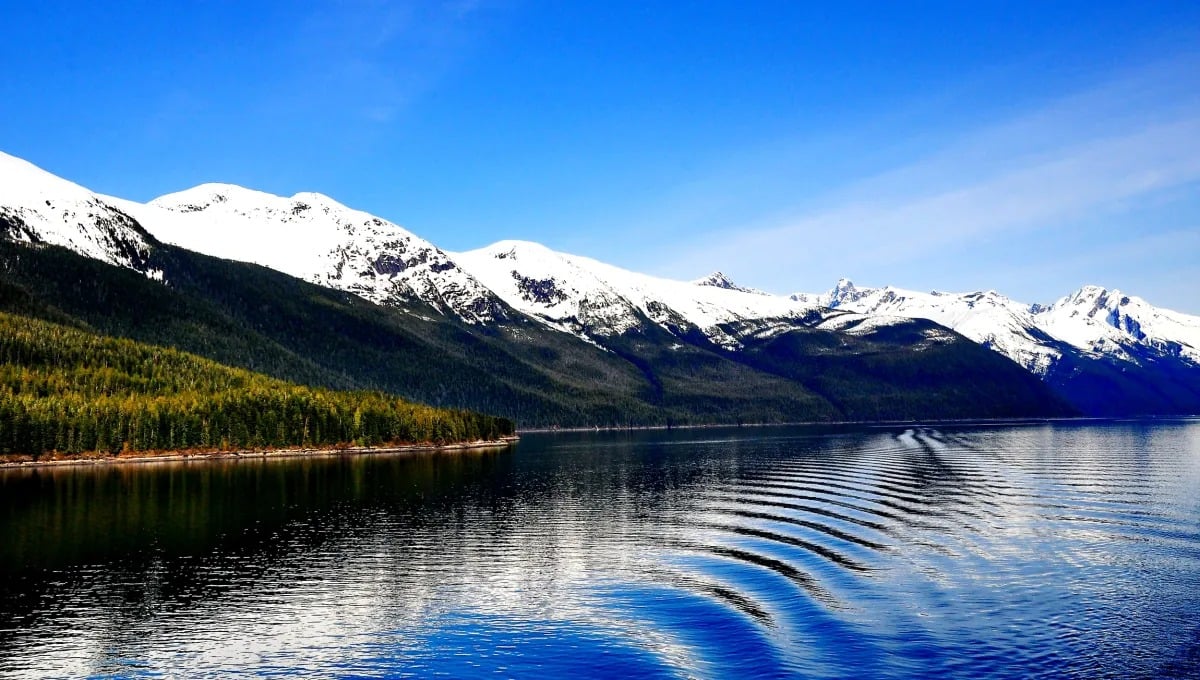
Nome, Alaska may not be the first place you think of when you imagine an escape to the Alaskan wilderness. Yet, this remote town on the edge of the Bering Sea is where nature’s artistry and a tapelet of human endeavor weave together to create an experience unlike any other.
In October 2023, my husband and I made the journey up to Nome, and what we found did not disappoint.

Known as the finish line of the grueling Iditarod Race and a hub for gold-seekers, Nome is not typically listed on conventional Alaska travel guides, but we found it to be one of our favorite destinations throughout all of Alaska. Here, I share 10 reasons we fell in love with this little town, and why we are already planning our next trip back!
The welcoming community
The warmth of Nome radiates from its residents. The small population of roughly 3,600 means almost everyone knows everyone. As we disembarked in Nome, the generosity of the locals was immediately palpable. They shared their favorite local spots and seemed genuinely interested in making our stay memorable. Each person we met had a unique tale, from lives spent in remote northern villages to ambitious quests for Alaskan gold. These encounters weren’t just pleasant—they were an enriching tapestry of human spirit.
The vast history

Nome’s narrative is as layered as the geological strata that cradle gold. This storied town has evolved from an Inuit settlement to a gold rush epicenter and into a sled dog legend. This is most evident at the Dredge 7 Inn – one of the main hotels in town and where we chose to stay. Inside, the Dredge 7 showcases Alaska’s gold rush history, with photographs and artifacts from the era in the halls and the rooms decorated like old miner’s cabins. You can visit old dredges just outside of town and learn about Inuit history at the downtown park. Every inch of Nome is a testament to the years that formed it, and walking the streets is like taking a walk back in time. The best part? Gold mining isn’t just history here; it’s a living tradition, with operations still going strong along the coastline and tundra.
The laid-back vibe
In Nome, the pace of life is set by the tides rather than the clock. The absence of traffic, the free access to majestic public lands, and the need to never make a reservation anywhere, make for a refreshingly tranquil visit. This unhurried vibe allowed us to savor every moment, unshackled by schedules. This made time feel like it actually slowed down, where we were never in a rush to make a reservation or beat the crowds. Our time was dictated by our mood and our energy, giving us the most flexibility and freedom to explore every inch of Nome at our full leisure.
The endless golden hour
Nome’s high latitude gives the landscape incredible lighting for most of the day. In the winter, the sun never rises high above the horizon, providing you with never ending sun rises and sunsets and beautiful lighting. This eternal “golden hour” bathes the land in hues of purples and oranges. For photographers or anyone who appreciates natural beauty, this phenomenon provides a canvas that’s nothing short of magical.
The food
Surprisingly, Nome is a gastronomic delight. Milano’s Pizzeria became our go-to spot, offering an eclectic mix that ranges from sumptuous pizzas to fresh sushi. Each meal was a culinary journey, accompanied by local camaraderie or episodes of “Gold Rush: Alaska” playing in the background—a perfect way to wind down a day of adventure.
The beaches

Nome’s beaches are a rugged symphony of nature’s power and tranquility. Driftwood and artifacts lie scattered, telling tales of the sea. We watched belugas play in the water and witnessed a beautiful sunset over the Bering Sea. The beach is easily accessible directly from downtown or just outside of town, with plenty of opportunities for parking and absolutely no one else around. This made it one of my favorite beach walk spots in the world, where you can pursue the driftwood along the beach and meander at your own pace, without a care in the world.
The birds

Nome is a bird-lover’s paradise. During the summer, the tundra plays host to millions of migratory birds from around the world, making it the perfect destination for avian enthusiasts. While we visited outside peak season, the birdlife in Nome was still a sight to behold. We spotted tundra swans slicing through the sky and encountered multiple flocks of white ptarmigans along the road. This made me constantly on the lookout for what we would see next and quick to have my Merlin App open to identify every species we spotted.
The road system

There are three main roads leading outside of Nome, with the Nome-Council Road being the longest at 71 miles. But the roads here are less about getting from point A to point B and more about the journey itself. These roads carve through some of the most incredible scenery I’ve seen in Alaska, and take you through different eras of history as you travel over mountain passes, along river valleys, and past forgotten mining operations. We spent our days in Nome out on the road system, driving without urgency, taking in the sweeping views, and each turn seemed to unveil a landscape more breathtaking than the last. The best part? You encounter almost no other cars while out on the road, so it feels like you have the whole world all to yourself.
The scenery
The tundra of Alaska is an expansive wonder, where the vastness of the land envelopes you. Without the clutter of trees or buildings, the mountains and valleys stretch to infinity, giving a sense of solitude and uncharted discovery. This made it truly an incredible sight to behold, and something photographs fail to truly capture. While I loved the history and people of Nome, the vast and varied landscape stretching for miles in every direction is what stole my heart. If you’ve never experienced the Alaskan tundra before, Nome is a perfect place to see all of its incredible wonders, from the comfort of your own rental car.
The Muskox

You can’t mention Nome without mentioning its most famous inhabitants – the muskoxen. Once completely hunted out in Alaska, muskox were reintroduced during the last century and have made an incredible comeback in the Nome area. Seeing muskoxen in the wild was the highlight of our trip. It was as if we had stepped back in time, witnessing a scene from the Pleistocene, with these prehistoric animals against the backdrop of the tundra. Muskoxen are found throughout the road system, but can also be seen right in town during fall and spring – making them almost a guaranteed sight for anyone who makes the journey up here.

